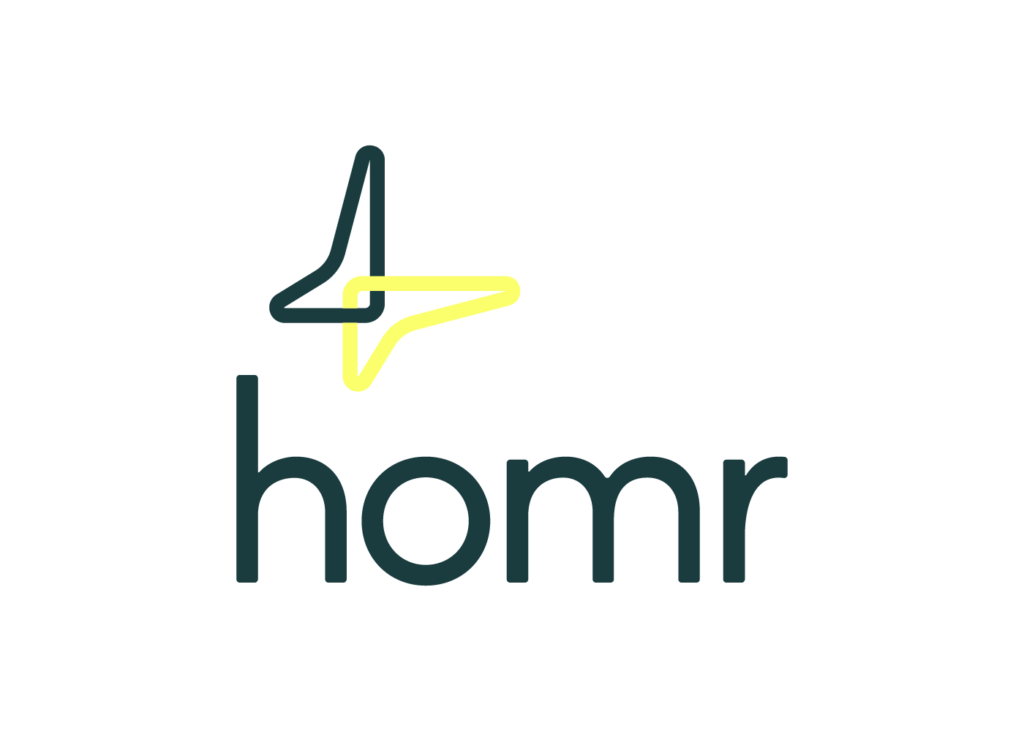Resources & Frequently Asked Questions
We provide answers below to the most commonly asked questions about HOMR and implementing the tool. You can also view our resources here.

Resources & Publications
We are always developing new resources for HOMR implementation and sharing the results of the HOMR project. Resources and publications can be downloaded to learn more – contact us if you have any questions.
Frequently Asked Questions
Topics
Hospital One-year Mortality Risk (HOMR) is an application that automatically, accurately, and reliably uses data routinely collected by hospitals upon admission to calculate a patient’s risk of dying within the next 12 months. This helps clinicians identify patients who are admitted to hospital with potential unmet palliative needs. The HOMR application is intended to be a trigger to improve the effectiveness of any palliative intervention by focusing attention on a small group of patients with a high risk of death and unmet palliative needs, at a timely point in their illness trajectory.
Clinicians need a reliable method to accurately identify patients who are admitted to hospital with shortened life expectancy and unmet palliative needs. This is especially true for patients with conditions that have more ambiguous trajectories towards death such as those with organ failure or frailty, who are less likely to receive palliative care compared to patients with a terminal illness such as cancer. Furthermore, in practice, patient identification falls to clinicians who often have numerous other responsibilities competing for their attention, decreasing the number of patients identified and limiting the ability to accurately identify patients for whom palliative and end-of-life care supports and interventions would be appropriate.
HOMR automatically and reliably identifies patients with unmet palliative needs. The HOMR tool can act as a trigger for physicians to consider administering palliative and end-of-life care interventions that benefit patients such as symptom management, goals of care discussions, deprescribing, or deintensification of treatment.
There are three different versions of the Hospital One-year Mortality Risk: ‘HOMR’, ‘mHOMR’, and ‘HOMR Now!’. The three versions differ in their clinical usage due to the administrative data points that each version collects.
The original HOMR calculates a 12-month mortality risk for patients admitted to hospital using 12 administrative data points, some of which are only routinely coded at the time of discharge. This means HOMR cannot be used in real-time to help with clinical decision making during the patient’s admission.
mHOMR is a modified version of HOMR that uses 9 administrative data points, all of which are available at the time of admission. mHOMR uses a computerized application (via the electronic medical record system) to automatically calculate mHOMR scores for all patients as they are admitted to hospitals. It then prompts the admitting team to consider palliative and end-of-life care interventions for patients with an elevated mortality risk.
HOMR Now! is an updated version of mHOMR that has recently been developed and validated. It is calculated using 10 data fields and an interaction term available in many hospitals’ admissions data. It includes slightly different variables than mHOMR, such as the patient’s previous Charlson Comorbidity Index, whether they were seen in a cancer clinic in the past 12 months, and their Laboratory-based Acuity Physiology Score (LAPS).
Both mHOMR and HOMR Now! are accurate and reliable (C-statistic of 0.89 and 0.92, respectively). The decision to implement one over the other is based on whether or not the additional variables required to calculate the HOMR Now! score are available in the electronic medical record; if yes, we recommend implementing HOMR Now!, since it is slightly more accurate.
HOMR calculates mortality risk by using simple demographic variables (e.g., age, sex) and administrative information (e.g. admitting service, living status, number of admissions in the past 12 months.). It is not a perfect measure, but it is more accurate (C-statistic of 0.89-0.92) than any published prognostic tool that uses clinical information or clinician judgement. For more detailed information about HOMR score validation view our scientific publications in the News, Events, and Resources section.
The HOMR tool sends a notification to a patient’s admitting team when that patient’s HOMR score is over a certain threshold. The tool was developed to be used as a binary measure of whether a patient should be assessed for unmet palliative needs, not as a prescriptive tool. The decision about whether to use palliative care interventions or not is left to the admitting team.
While we recommend a starting threshold of 0.21 (90% specificity, 59% sensitivity for mHOMR), HOMR is a versatile tool that can be adjusted depending on an organization’s preference. As HOMR produces a continuous risk score between 0 and 1, the user can decide what threshold to use for identifying “high risk” patients.
Organizations concerned with the efficient use of limited resources can set a higher mortality threshold (score threshold), meaning that the application would be more specific than sensitive. Of the patients flagged by the HOMR tool, the large majority of them would have unmet palliative needs or a desire to discuss goals of care with their physician, and almost all would die in the coming 12 months. Organizations using more scalable interventions can lower the HOMR score threshold, meaning the instrument would be more sensitive than specific. More patients would be flagged by the tool, but not as many of them would necessarily have unmet palliative needs or die in the next 12 months.
For most hospitals, a score threshold of 0.21 flags approximately 10% of all hospital admissions, which is also reflective of the 1-year hospital mortality actually observed in Ontario. Experience thus far suggests a HOMR positive rate of 10% is a manageable workload for staff.
HOMR is integrated into the Electronic Medical Record (EMR). EMR integration and score generation can be thought of in a three-step process: Data Mapping, Data Validation, and Data Communication/Flow.
Data Mapping: The HOMR application is built with the help of the hospital’s Information Technology/Systems (IT/IS) department using the programming language of the hospital’s EMR. The application starts by pulling the required variables (i.e., mapping to determine where the required variables are stored and how they can be retrieved). The application then uses these variables to calculate a HOMR score for each patient.
Data Validation: IT/IS teams validate the HOMR score against previously admitted patients to ensure the score is being calculated and generated correctly. During validation teams also select a score threshold that will output a manageable number of HOMR positive patient notifications.
Data Communication/Flow: After a HOMR score is calculated, the score is then compared against a preset score threshold, determining whether a notification will be created for a patient or not. If the patient’s HOMR score is greater than the score threshold, a notification is sent from the HOMR application back into the patient’s EMR to flag the clinical team. How the score is communicated to the care team through the EMR is different for each hospital depending on the EMR used and clinical workflows.
Based on experience from hospitals who have implemented to date, it is estimated that a total of two weeks of 1.0 FTE data analyst/IS/IT time is required for HOMR EMR integration. Note that this estimate is based on hospitals who have completed HOMR EMR integration from scratch – new hospitals onboarded will have the benefit of using solutions already developed for MEDITECH (5.6.7; Magic 5.67; Expanse 7.5.4), EPIC, Cerner, Anzer, Soarian, and Quadramed.
When a patient is identified as HOMR positive, the patient’s care team is notified through the patient’s electronic medical record (EMR). These notifications are not prescriptive in nature, and the decision about how to respond to them is left to the patient’s care team. Generally these notifications are actionable and prompt care teams to 1) assess for severe uncontrolled symptoms and the patient’s desire to engage in advance care planning and 2) address any identified unmet palliative needs through existing hospital interventions as appropriate. The latter could include standardized goals of care discussions, medication review, treating pain and other symptoms, and/or a palliative care consultation.
We work with and encourage each hospital to develop a site-specific, tailored implementation plan. One of the goals of this process is to ensure HOMR implementation is integrated into existing workflows to minimize burden on healthcare providers. Hospitals may have tools they are already using or familiar with to conduct symptom and advance care planning assessments with HOMR positive patients. Otherwise, our team recommends two simple, short, validated tools for these purposes: 1) the Edmonton Symptom Assessment Scale-revised (ESAS-r) (10 items rated on a Likert scale) and the 4-Item Advance Care Planning Engagement Survey (4 multiple choice questions).
In most hospital patient populations, when the HOMR score threshold is set at 0.21, approximately 10% of admissions are identified as HOMR positive, for which a notification is sent to the care team. However, this score threshold can be modified depending on the hospital- and unit-specific context to manage workloads; increasing the HOMR score threshold will make the tool more specific and reduce the number of alerts, and decreasing the threshold will make the tool more sensitive and increase the volume of alerts.
While integrating HOMR implementation into existing workflows and carefully selecting the score threshold can reduce the impact on clinician workload, there remains a modest time investment to conduct assessments, and to provide appropriate follow-up care and have goals of care discussions based on the assessments. While we have yet to study the long-term effects of HOMR implementation (this is planned as more hospitals implement HOMR), we anticipate that the upfront time investment in HOMR implementation will lead to downstream time savings in addition to improved patient outcomes (e.g., reduced hospital emergency department visits and re-admissions). Qualitative feedback from clinicians at hospitals who have implemented HOMR to date indicates that using HOMR to drive improved symptom management and proactive advance care planning and goals of care discussions has helped prevent crisis situations for patients, their families, and clinicians at the end of life.
HOMR is only validated for use in adult, non-psychiatric inpatient acute care settings. However, identifying HOMR positive patients in acute care can have downstream benefits for follow-up primary and community care. For example, identifying patients in hospital with unmet palliative needs may trigger increased home care supports, or goals of care discussions may reduce unnecessary emergency department visits. Some participating hospitals have taken a more direct approach to primary care engagement – for instance, patients with a positive HOMR score have a discharge summary report sent to their primary care provider which includes a HOMR page communicating to the primary care provider what the tool is, that the patient is HOMR positive, assessments and interventions that were completed in hospital, and recommended follow-up items.
There are similar tools to HOMR that use health administrative data collected in community and home care settings, such as the Risk Evaluation for Support: Predictions for Elder-life in the Community Tool (RESPECT) and RESPECT-Long-Term Care, respectively.
A HOMR mixed methods study asked patients and families for their thoughts on the acceptability of the HOMR tool in hospitals. This pilot study demonstrated patients and families are supportive of the HOMR approach. Many patients in particular reported they were supportive of any intervention that increased their facetime with the treating physician.
Additionally, participating hospitals have engaged their patient and family advisory councils throughout the HOMR implementation process – consistently, patients and families were surprised to find out that routine, standardized processes for assessing palliative care needs and conducting advance care planning were not already standard of care. The overwhelming sentiment among patients and families was, “Why are we not already doing this?”.
Every patient admitted to the hospital units implementing HOMR will be automatically screened by the HOMR application that is integrated into the existing EHR system. If a patient is identified as HOMR positive with increased risk of mortality and likely unmet palliative needs, the patient’s clinical care team will be prompted to complete a palliative needs assessment using tools accepted as standard of care and, based on these assessments, use their clinical judgment to provide the patient with any appropriate palliative care interventions according to usual best-practice care (de-prescribing intervention, palliative care consult, goals of care discussions, etc.). Thus, the HOMR tool itself is simply a screening tool to drive and optimize early identification of palliative needs and existing patient care practices as part of a quality improvement initiative. The HOMR score itself is not communicated to the care team or the patient, and the information used to generate the HOMR score is collected as part of routine hospital admission assessments.
Are you interested in implementing HOMR?
Contact us! Our core team is available to answer your questions about HOMR implementation.


